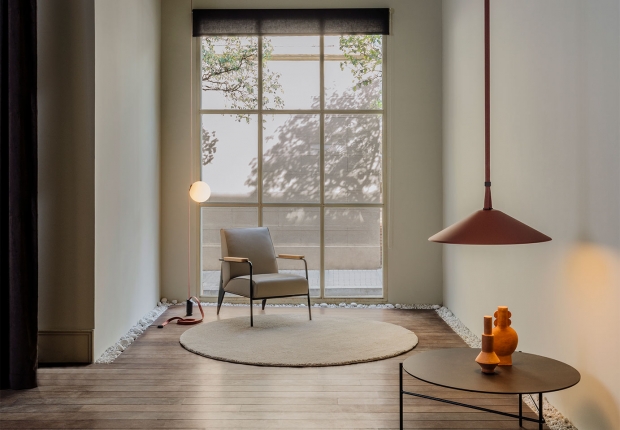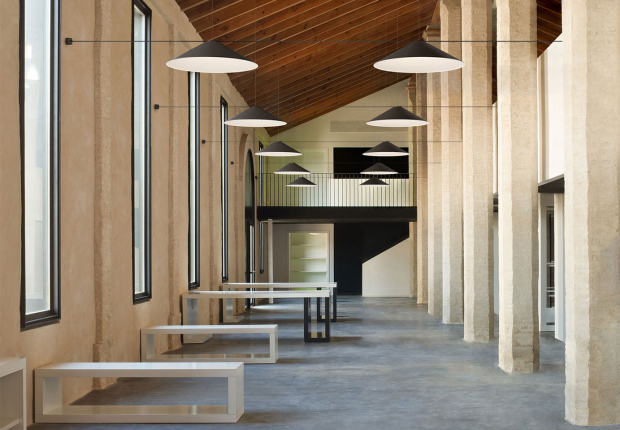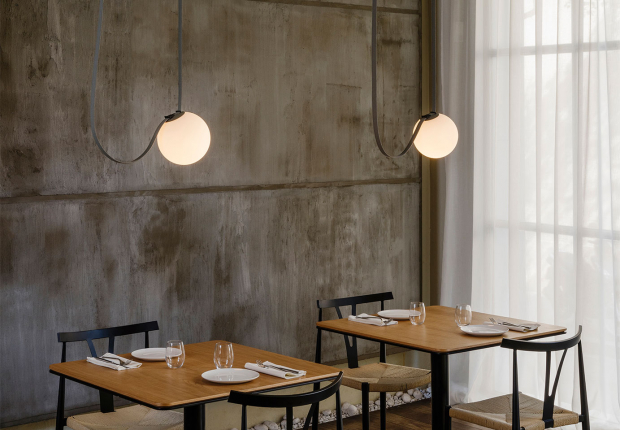Plusminus reimagines the use of the canopy. Its distinctive fabric belt flows in and out of various fasteners and suspension accessories from a single electrical connection component, establishing conductivity precisely where needed.The versatility of a system that emancipates lighting from architecture presents an opportunity for creativity as well providing a solution for complex architectural layouts.
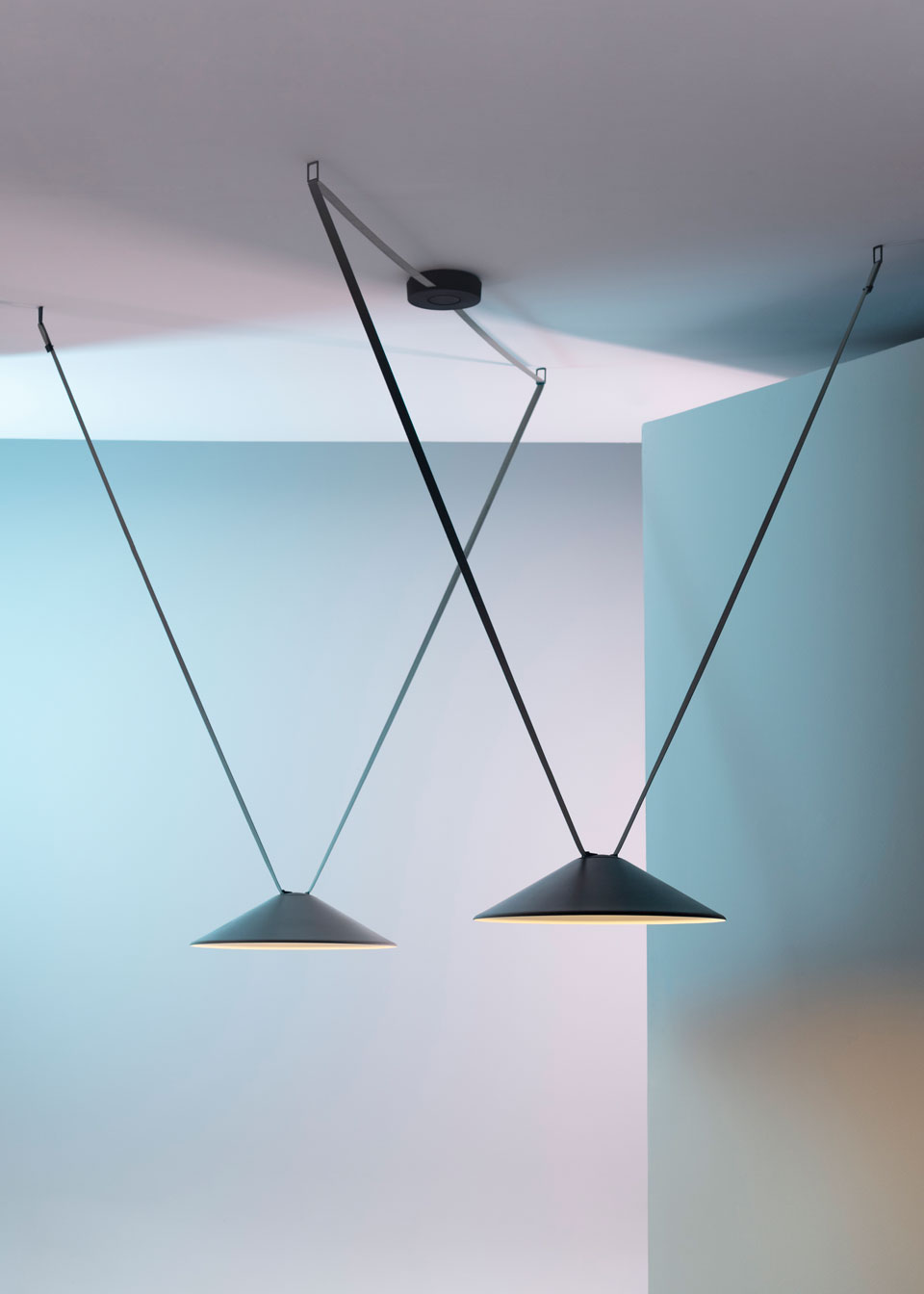
With its simple plug-in technology, Plusminus can be secured in one spot while flowing freely into countless configurations. Design professionals can define a space by drawing the belt in any direction, conducting electricity to the desired position and securing multiple luminaires with its instinctive click-and-connect system.
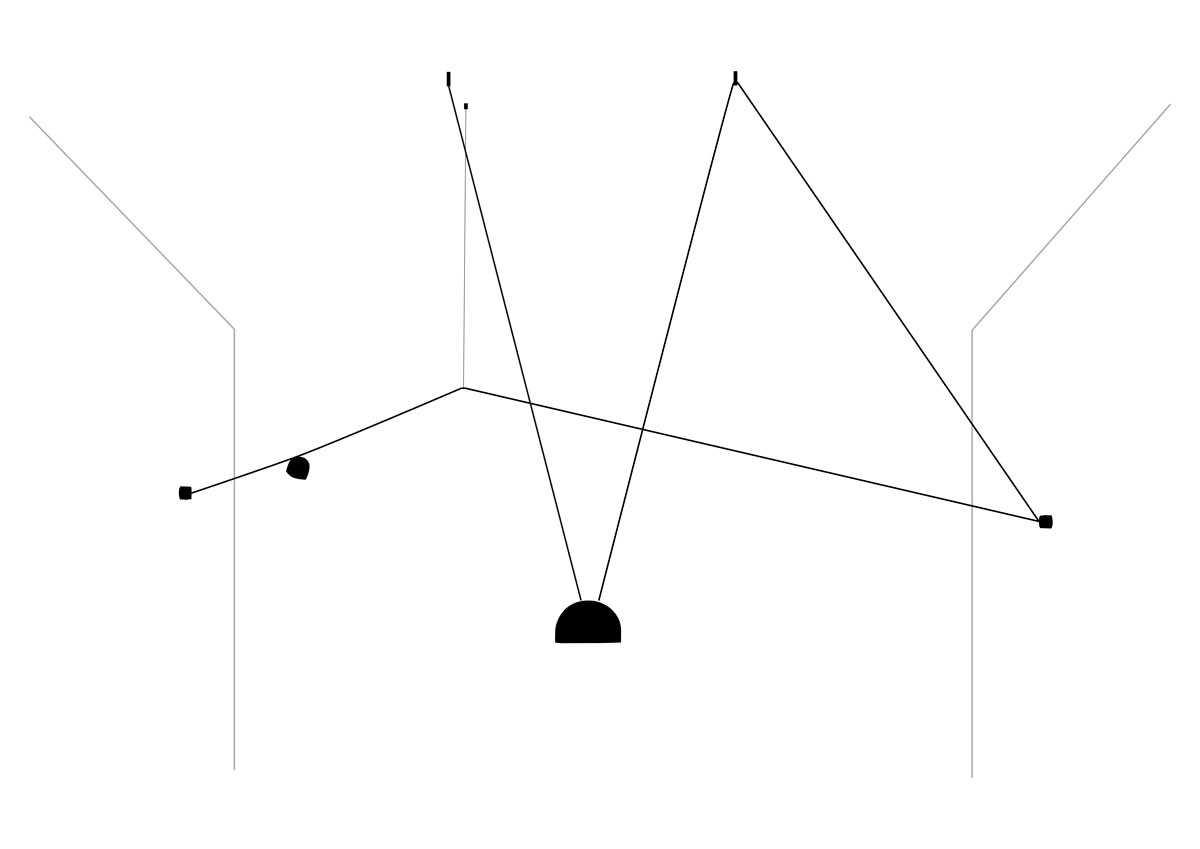
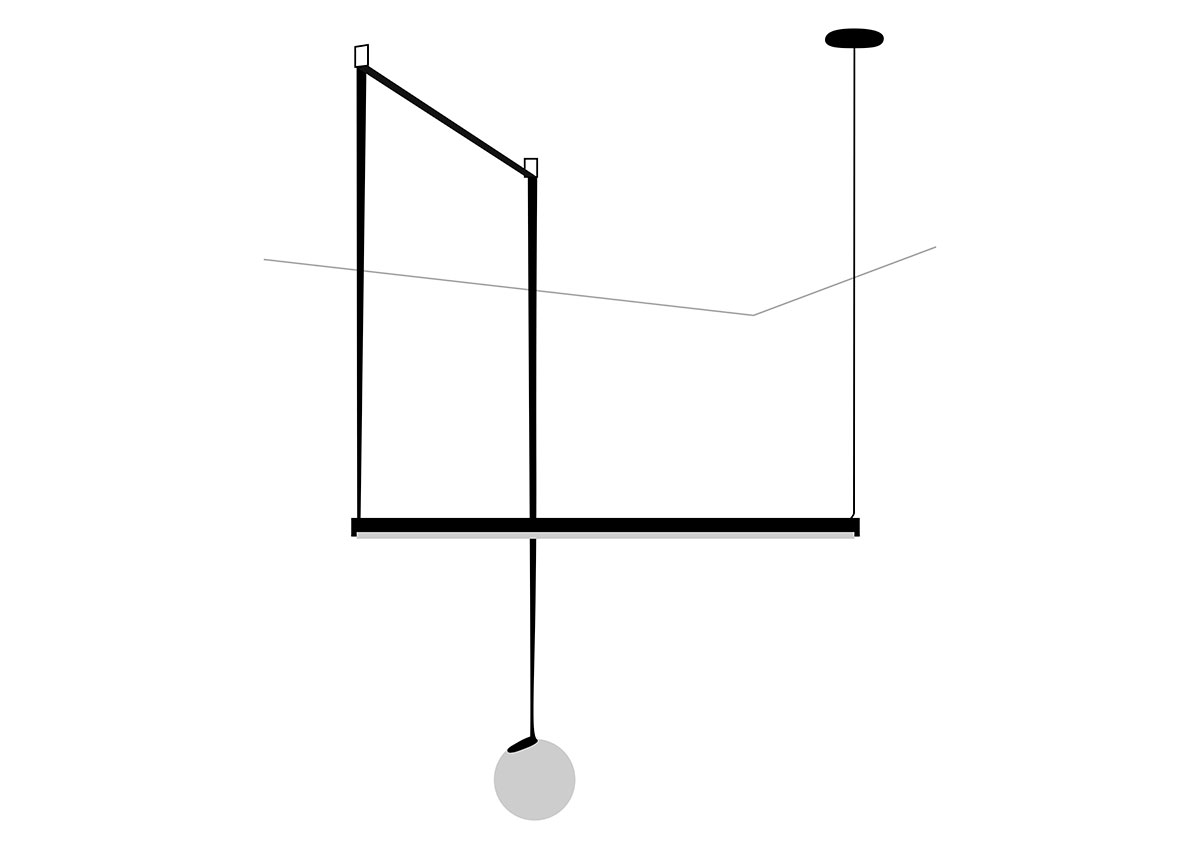
The toolkit includes a range of electrical connection options including: Surface Canopy, Built-in, Remote Built-in Canopy, Remote Surface Canopy and Plug-in Floor Switch. Professionals can choose the components that best suit their project and create custom solutions to illuminate any type of space, no matter how complex.
“Plusminus provides designers with a versatile solution for complex architectural arrangements, with creativity becoming an essential element of the installation process.”
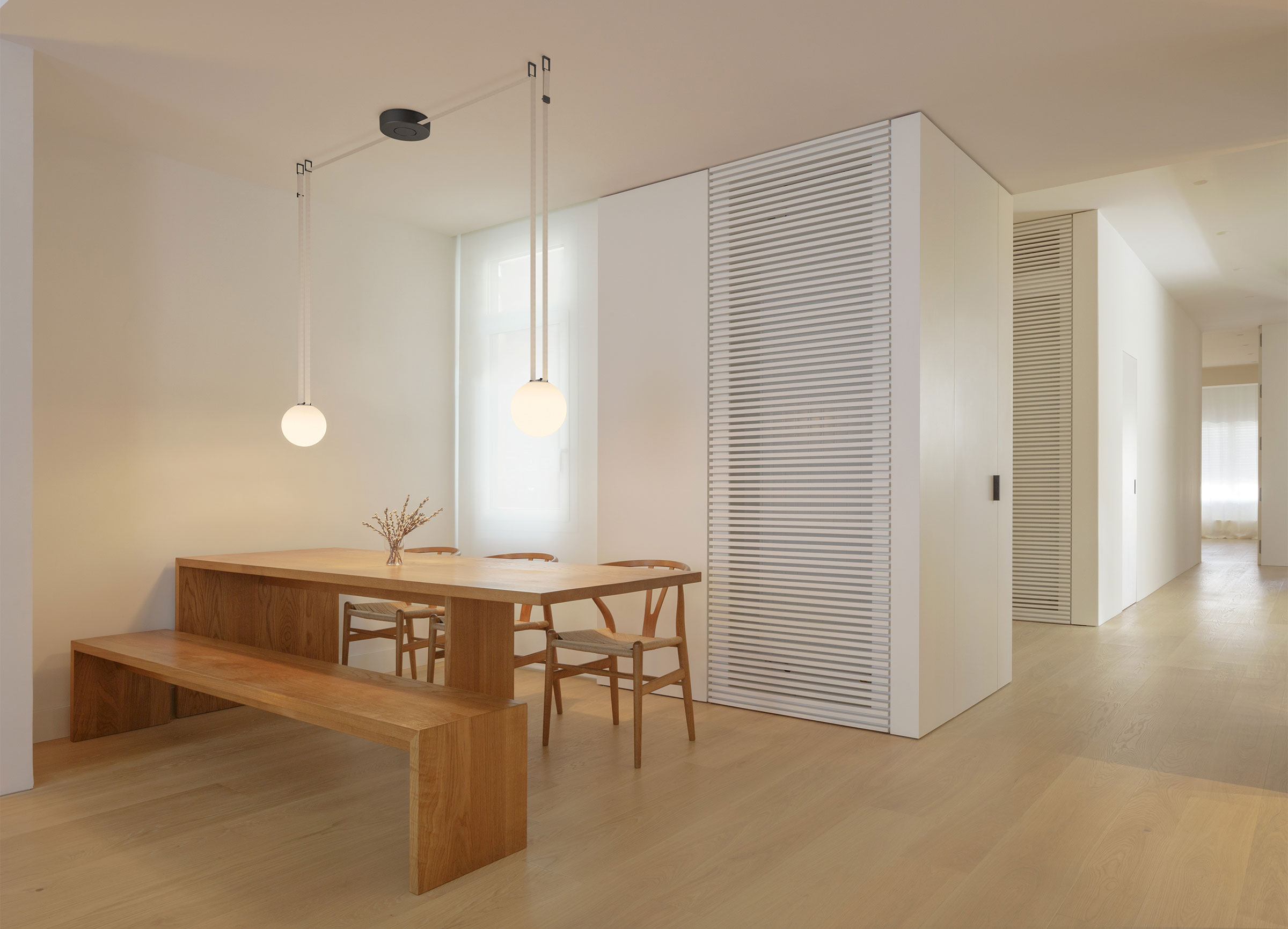
Plusminus accommodates projects that involve the recovery of historical spaces, where modifications to the architecture are limited and the canopy must therefore adapt to the existing space. Sloping ceilings or ceilings with beams, for example, might make an exit for a cable impossible. With Plusminus, however, a tensor wire gives designers the freedom to create gravity-defying compositions that solve practical impediments with graceful simplicity.
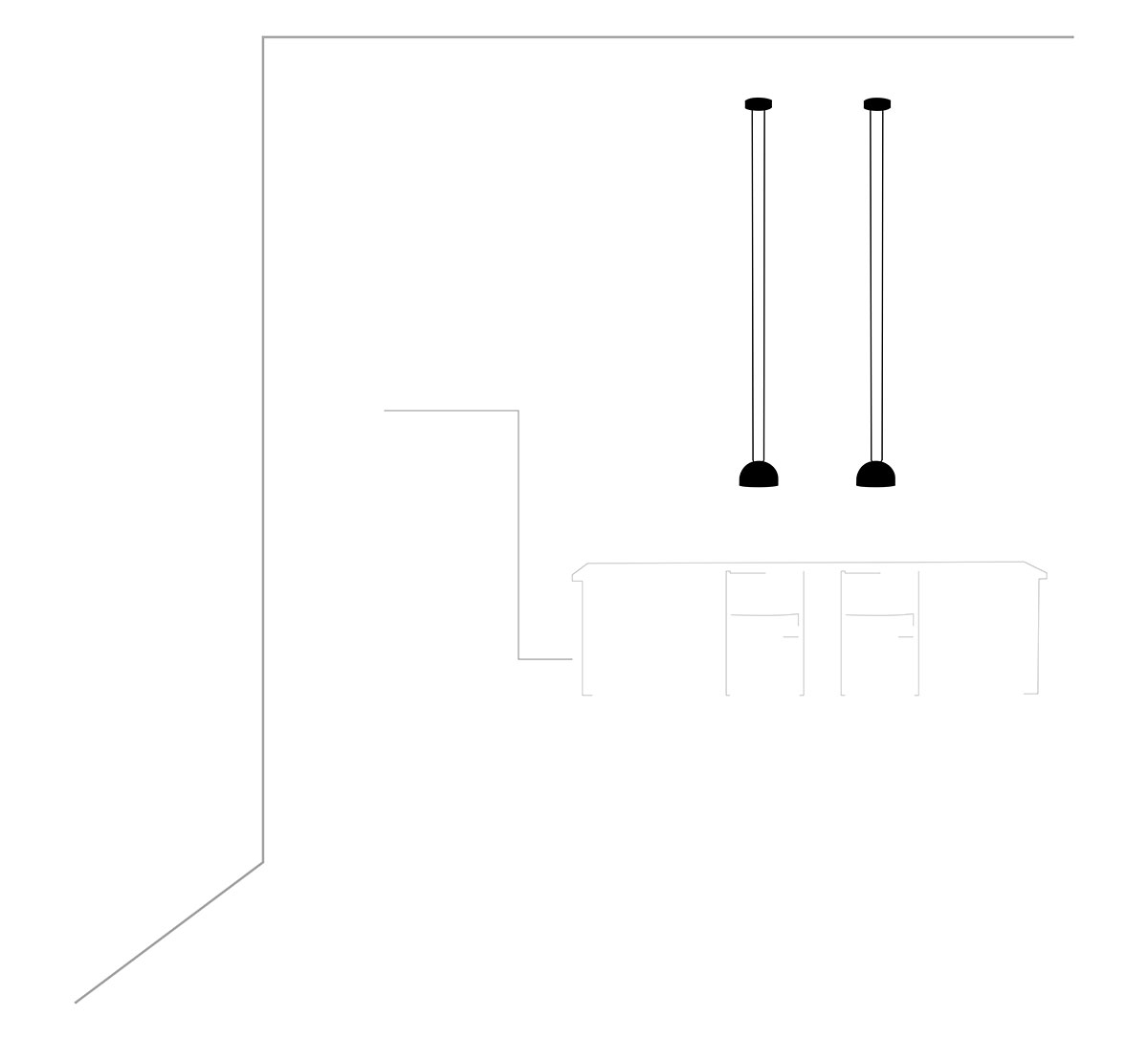
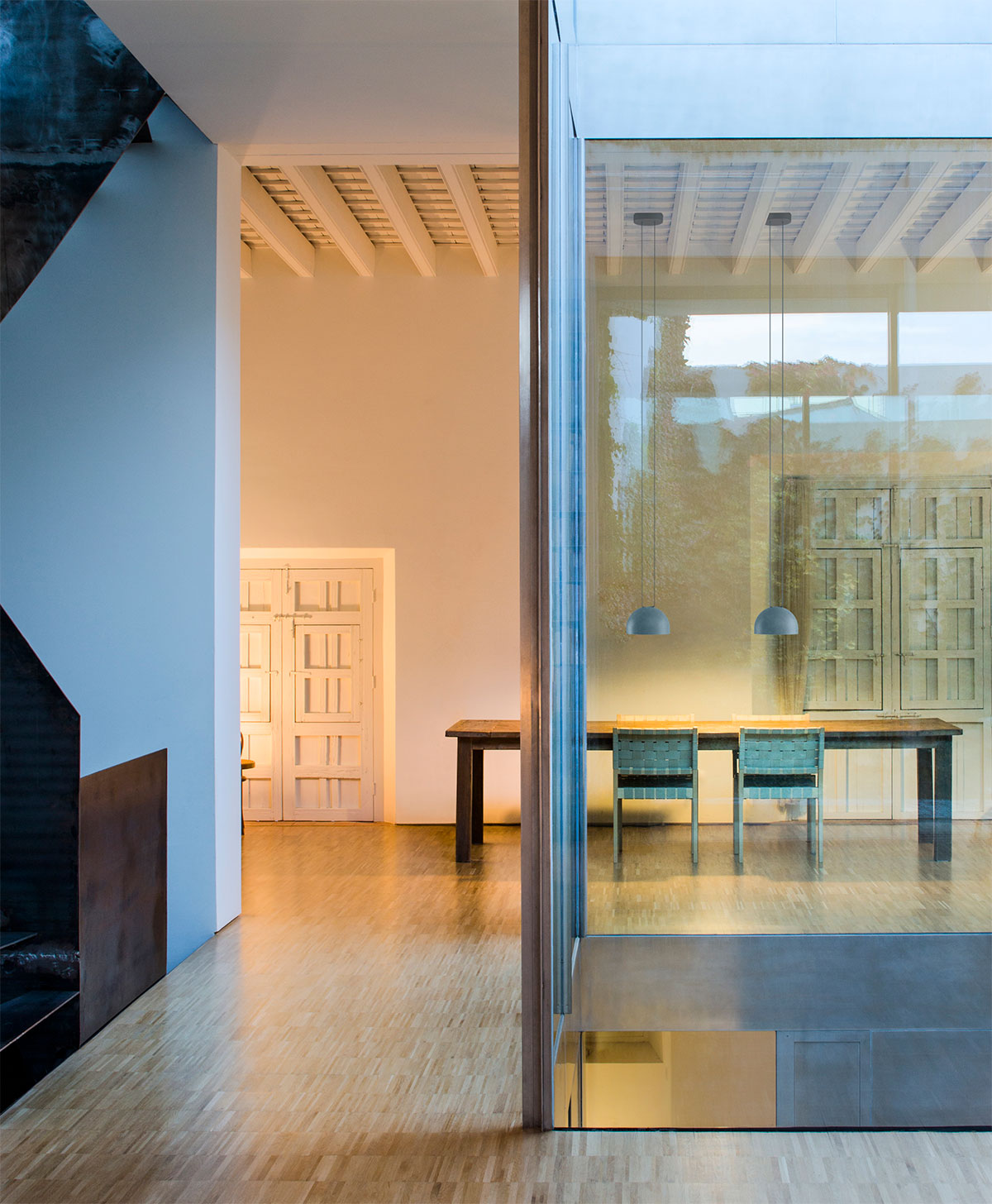
The canopy allows designers to play with the belt as an aesthetic element of the composition. It can be arranged in a double configuration or as a single ribbon; completing a circuit or draped on one side; pulled taught into graphic shapes or suspended in loose ribbons. In the first case, the belt is given prominence as a practical and structural element, forming an integral part of the surrounding architecture. In the second, the belt is defined only by the designer’s particular creative vision, each line or loop dissecting the space with its unique trajectory.
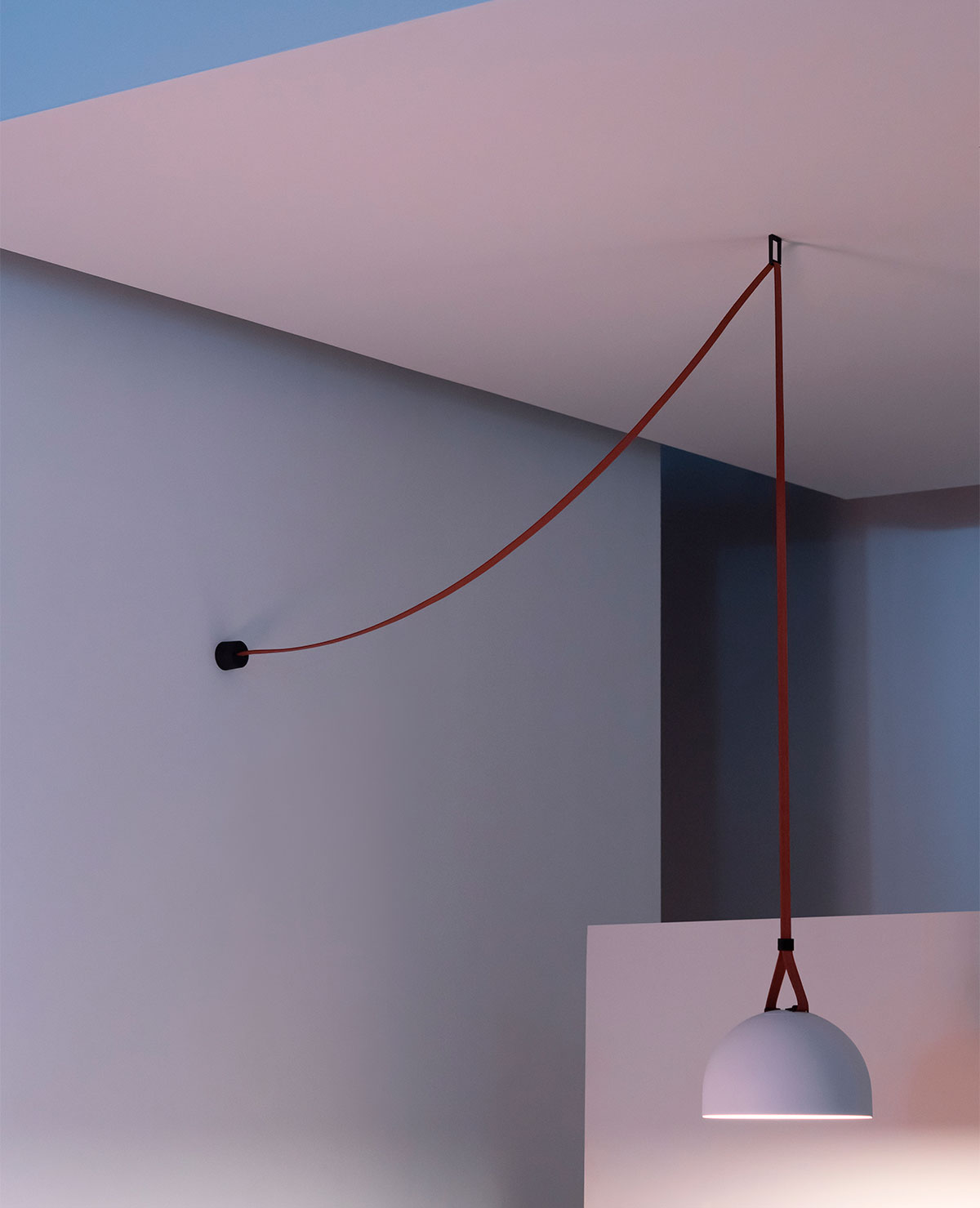
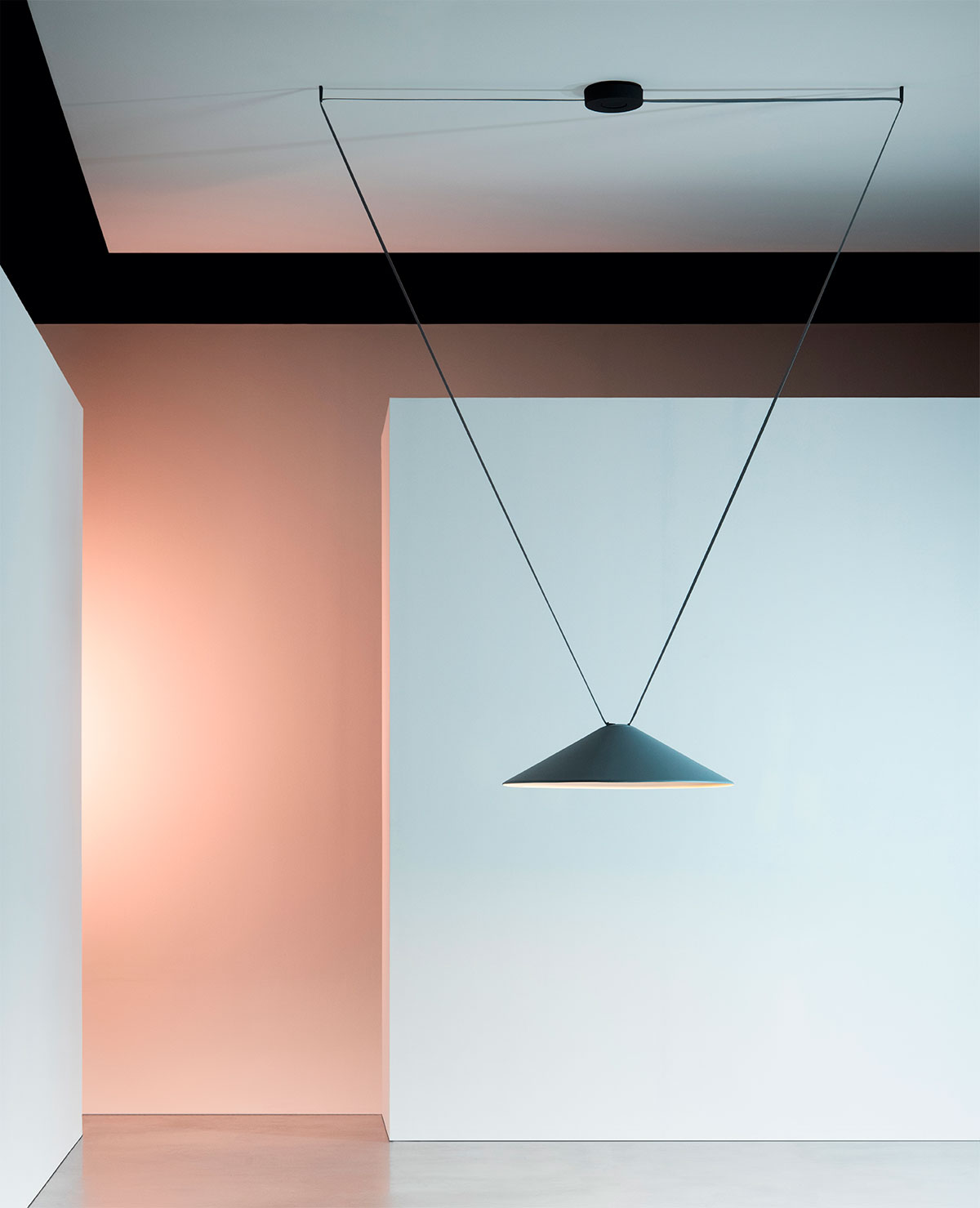
The freedom of connection given by the Plusminus system allows you to sculpt the light according to your specific needs: if you want an additional companion light, for example, in a lobby or next to an armchair, you can simply extend the belt to the desired position and attach the luminaire that best suits the desired use of space.
The Plusminus system also integrates pendant lighting even in spaces where the electrical connection point is on the wall. Designed to integrate into any interior, the electrical connection component looks like a simple support element and acts as a seamless extension of the composition.


